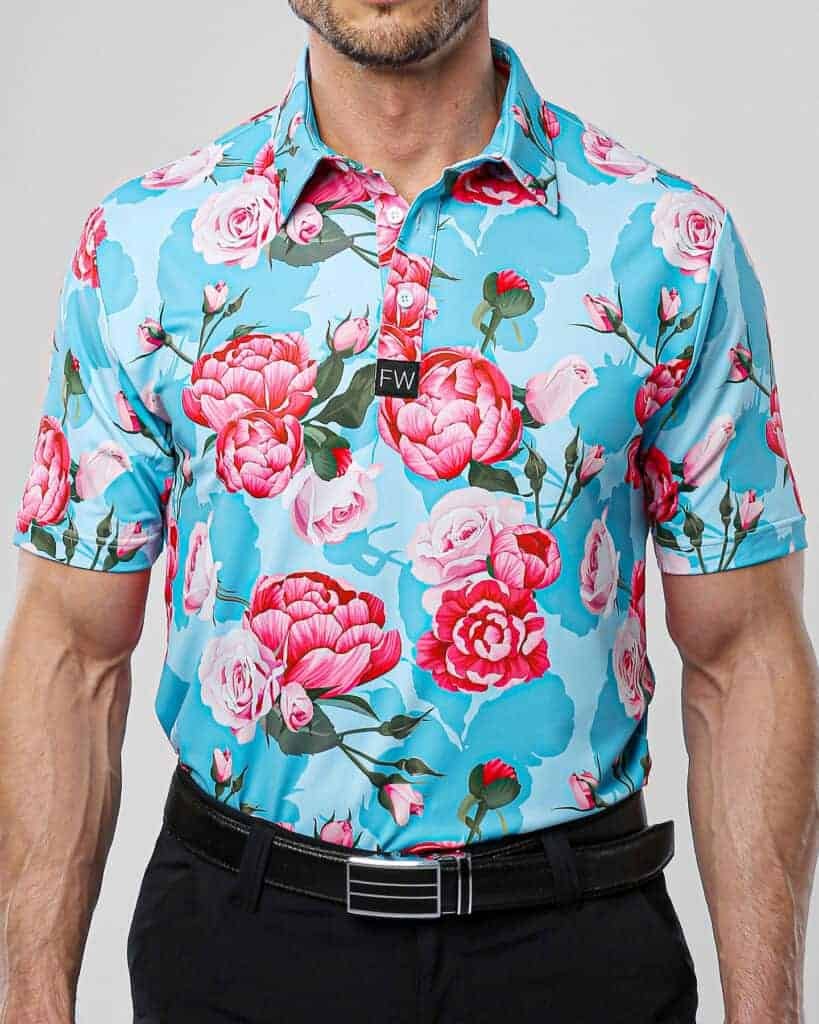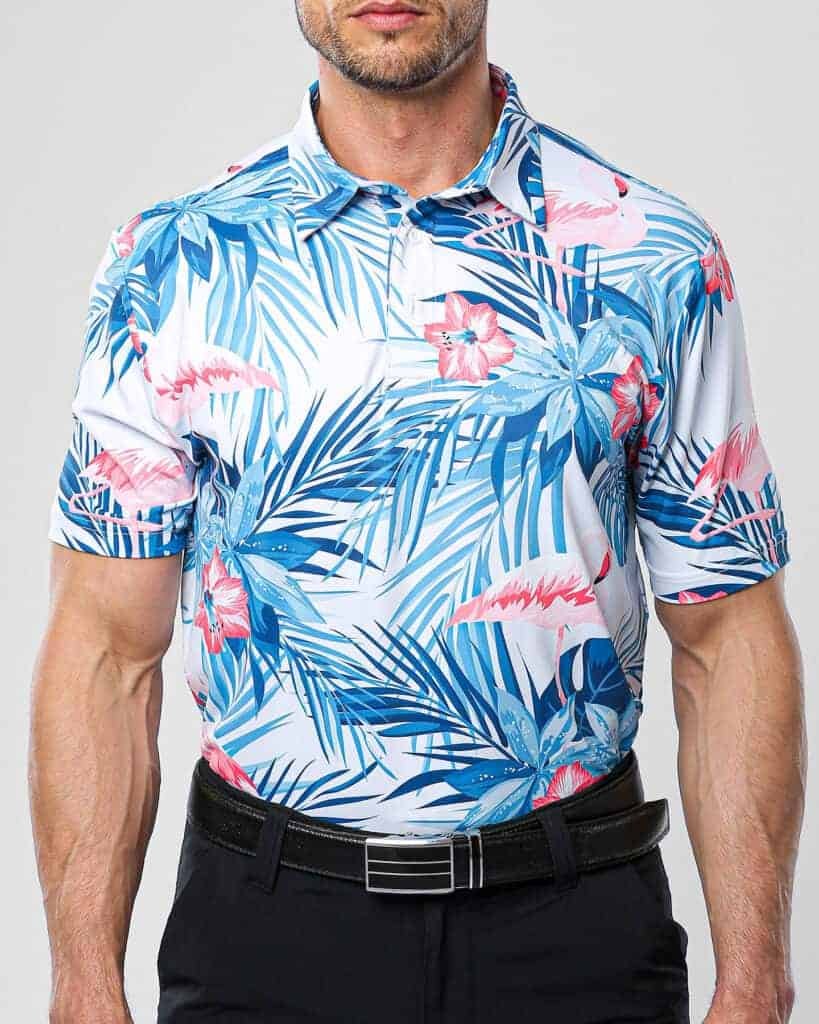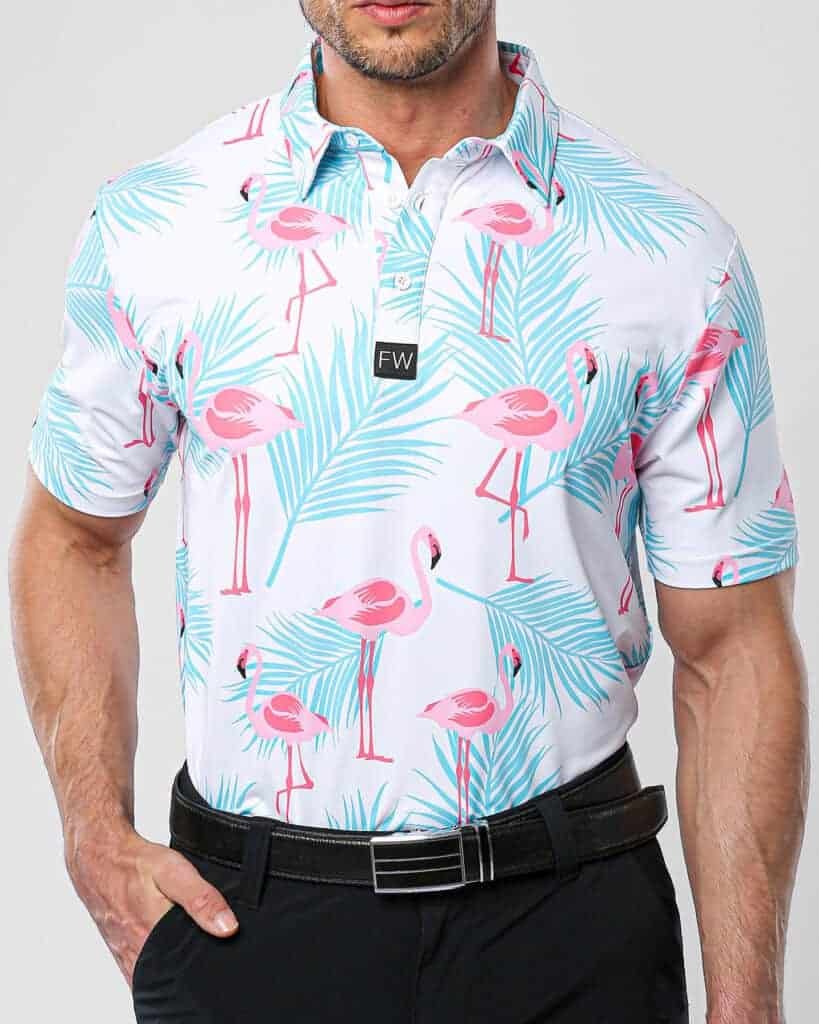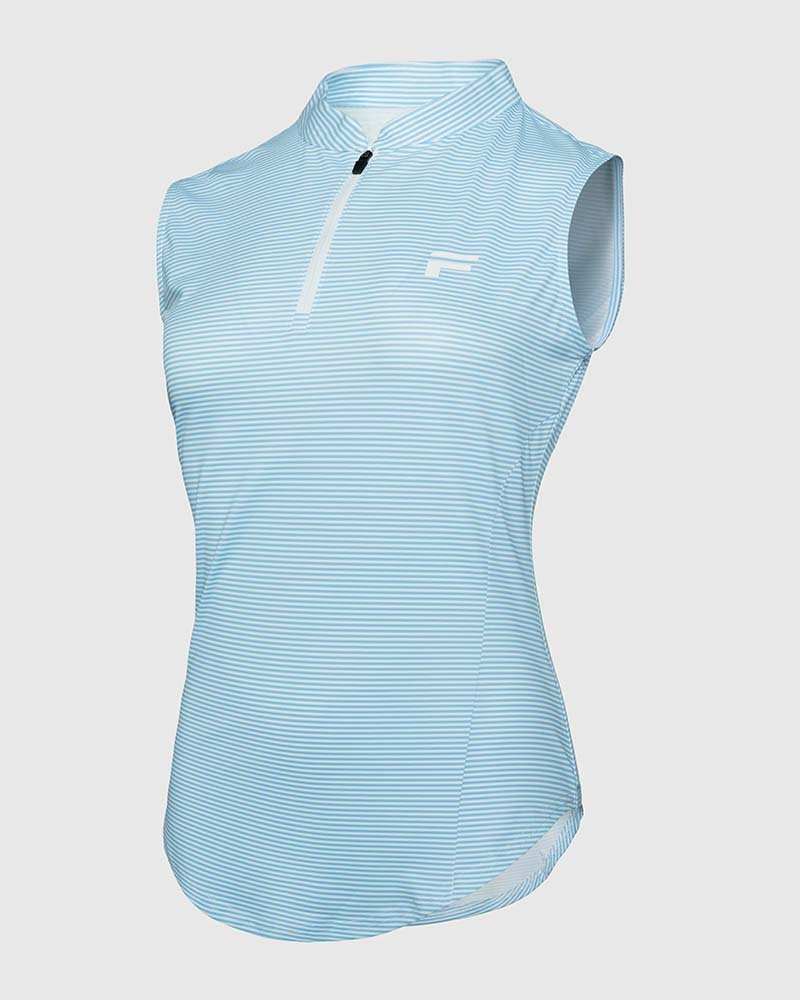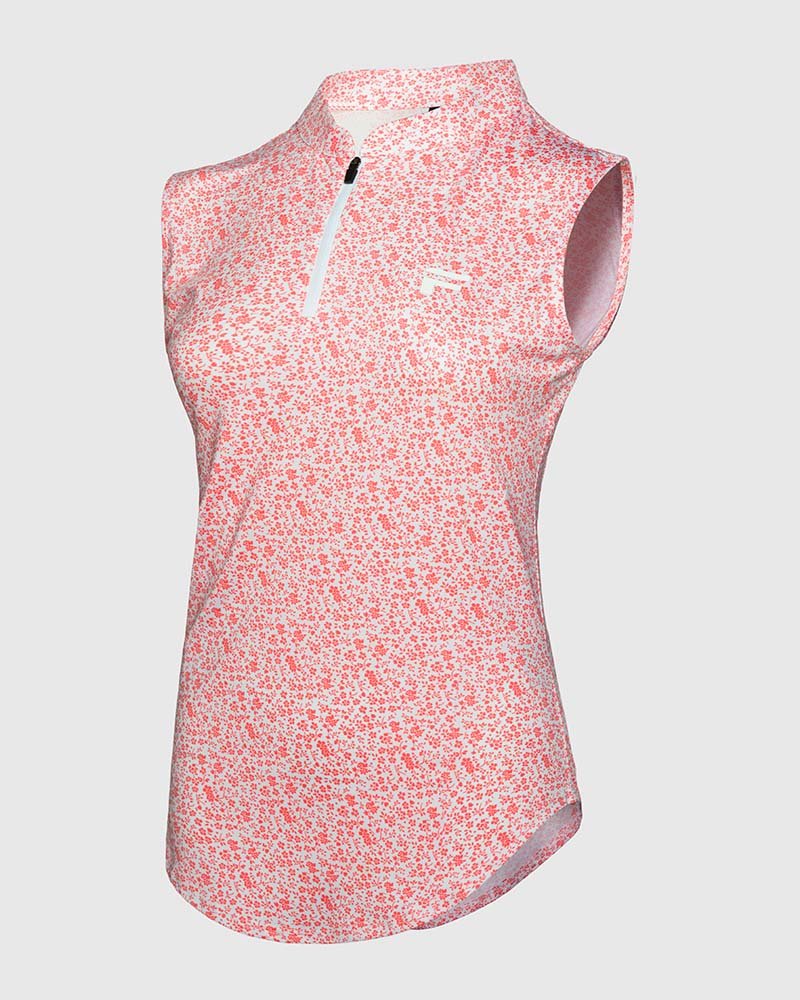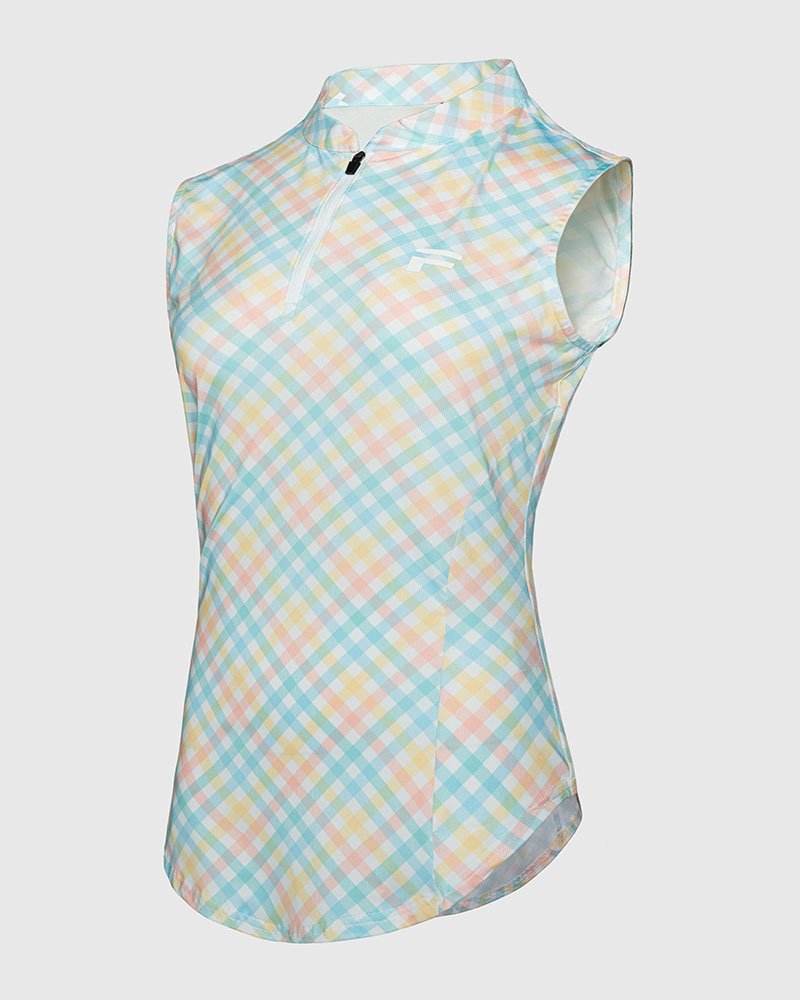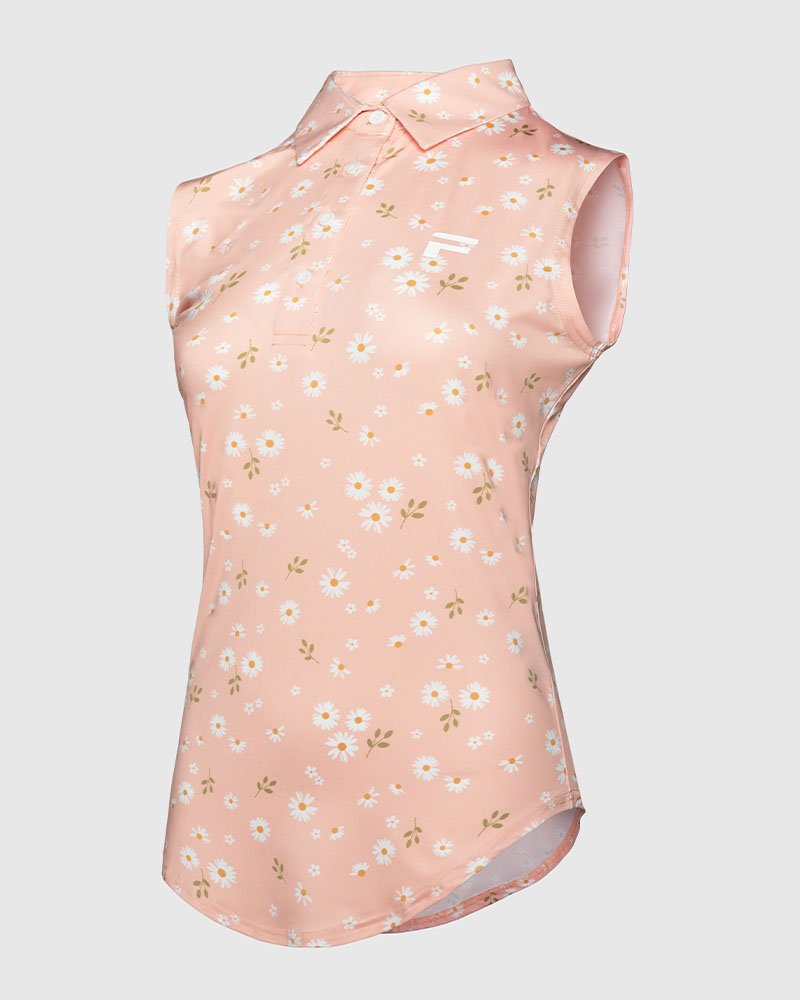
Choosing the right fabric for a high-performance golf polo shirt is essential for comfort and functionality. With the right material, golfers can enjoy better moisture control, flexibility, and durability during their game. Here’s what to look for when selecting the best fabric for your golf shirt.
When selecting a high-performance golf polo shirt, prioritize fabrics with moisture-wicking, breathability, and flexibility. Polyester blends with spandex or elastane offer great moisture management and stretch for full range of motion. Look for UV protection for sun exposure and durability for long-lasting wear. Ensure the fabric is lightweight, soft, and easy to maintain for a comfortable fit on the course.
Moisture-Wicking Properties
One of the most important aspects of a high-performance golf polo shirt is its ability to wick moisture away from the body. Golfers can sweat a lot during a round, especially in warm weather, and a shirt that doesn't manage moisture properly can become uncomfortable and clingy.
- Polyester and Nylon: These synthetic fabrics excel in moisture-wicking. They pull moisture from your skin and help it evaporate, keeping you dry and comfortable.
- Performance Blends: Many high-performance golf shirts use blends of polyester with spandex or elastane, which enhances moisture-wicking and also adds stretchability.
Industry Insight: In the early days of golf apparel, moisture-wicking fabrics weren’t as advanced, and many players struggled with shirts that soaked through. Today, technologies like CoolMax® and Dri-FIT have revolutionized the way moisture is handled.
Breathability
Breathability is another vital consideration. Golf is an outdoor sport, and having a shirt that allows air to flow freely can make a huge difference in comfort, especially in hot climates.
- Cotton: While comfortable, it isn’t typically used in high-performance golf shirts anymore because it retains moisture and doesn’t breathe as well as synthetic fabrics.
- Mesh Panels: Many modern golf polos incorporate mesh or perforated panels in areas like the back, underarms, or sides to promote airflow and enhance breathability.
Industry Insight: We’ve seen a shift towards lighter, more breathable synthetic fibers in recent years. Polyester fabrics with microfibers allow for better air circulation without sacrificing durability.
Stretch and Flexibility
Golf requires a lot of dynamic movement—especially during swings—so flexibility is crucial. A fabric with some stretch can enhance a golfer's range of motion and overall comfort.
- Spandex / Elastane Blends: Adding a small percentage of spandex or elastane (usually 5–10%) can significantly increase flexibility, making the polo more form-fitting while also allowing for a full range of motion.
- Polyester-Spandex Blends: These blends also offer a combination of durability and stretch.
Industry Insight: Stretch fabrics have become standard in performance polos, as golfers increasingly look for shirts that move with their body rather than restrict motion.
UV Protection
Long hours spent under the sun mean that UV protection is essential for outdoor sports like golf. Many high-performance fabrics now come with built-in UPF (Ultraviolet Protection Factor) technology.
- Polyester: While not naturally UV-resistant, polyester blends can be treated to offer a high level of UV protection.
- Merino Wool: Though less common in golf shirts, merino wool offers natural UV protection without the need for chemical treatments.
Industry Insight: There’s been a notable increase in the demand for UV-protective golf shirts, especially in regions with strong sun exposure. The ability to stay cool while also being protected from harmful rays is a key factor in high-performance apparel.
Durability and Easy Maintenance
Golf shirts should be built to last. The constant rubbing against clubs, bags, and other gear means that fabric durability is essential.
- Polyester: Known for its durability, it resists shrinking, fading, and wrinkling better than cotton.
- Blends: A mixture of polyester with cotton or spandex helps to provide both durability and comfort. It’s important to avoid cheap polyester that feels stiff or flimsy.
Industry Insight: We often recommend fabrics that are easy to care for, especially for golfers who wear polos regularly. High-performance fabrics should be machine washable without losing shape or color after several washes.
Softness and Comfort
Comfort is key, especially for long days on the course. A fabric that feels soft against the skin can make all the difference.
- Pima Cotton or Mercerized Cotton: These cotton fabrics are softer and more luxurious than traditional cotton.
- Brushed Polyester: For those looking for a smooth, soft feel, brushed polyester can be a good choice without compromising moisture-wicking properties.
Industry Insight: Comfort used to be secondary to performance, but as athletes demand more from their gear, fabric manufacturers have responded with incredibly soft, yet high-performing materials.
Sustainability
As sustainability becomes a larger concern for both consumers and manufacturers, eco-friendly fabrics are gaining traction in the golf apparel market.
- Recycled Polyester: Many brands are shifting toward using recycled polyester, which helps reduce environmental impact while maintaining performance standards.
- Organic Cotton: Though less common in high-performance polos, some brands are offering organic cotton options for more eco-conscious golfers.
Industry Insight: The golf industry, like many others, is moving toward more sustainable fabric choices. Consumers are increasingly making purchasing decisions based on a brand’s commitment to sustainability, and this is reflected in the rise of eco-friendly golf polo shirts.
Anti-Odor Properties
Golf courses are often hot, and sweating throughout the day can lead to unpleasant odors. Anti-odor treatments on fabrics can ensure that your golf polo stays fresh longer.
- Antimicrobial Treatments: Many high-performance fabrics are treated with antimicrobial finishes that help fight odor-causing bacteria.
- Silver Ions: Some golf shirts are embedded with silver ions that naturally repel bacteria and help reduce odor.
Industry Insight: Anti-odor treatments were a game-changer when they first hit the market. They’ve become almost standard in high-performance golf apparel now, offering golfers a cleaner, fresher experience.
Conclusion: Choosing the Best Fabric for Your Golf Polo Shirt
Ultimately, the best fabric for your golf polo shirt will depend on your specific needs and preferences. For hot climates, moisture-wicking, breathable fabrics like polyester blends with spandex and UV protection will keep you comfortable. For cooler weather or added comfort, cotton blends with performance features can still be a good option.
When selecting high-performance golf polos, be sure to prioritize fabrics that offer moisture control, breathability, flexibility, durability, and UV protection. Look for brands that offer advanced fabric technologies and sustainability practices, as these are becoming key factors in golf apparel choices.
With the technology in fabric production continually evolving, the future of golf apparel will likely offer even more innovations for comfort, performance, and style. Keep an eye out for new advancements that can help you stay at the top of your game.



